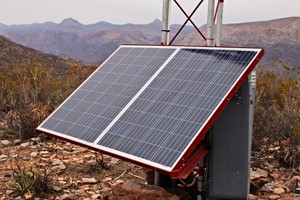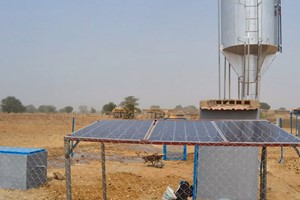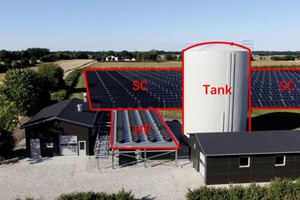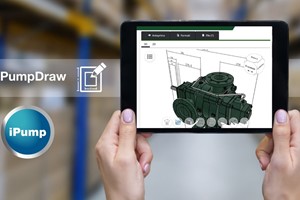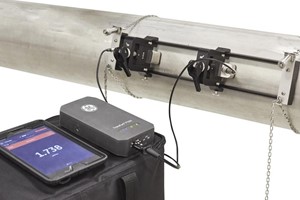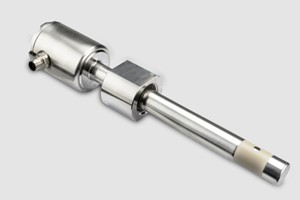The Ministry of New and Renewable Energy (MNRE) has issued revised guidelines for Solar Photovoltaic (PV) Water Pumping Systems under the PM KUSUM scheme, initially published in March 2023. These updates aim to integrate the latest innovations and technological advancements in solar water pumping equipment. Stakeholders are encouraged to submit their feedback on these revisions by October 3, 2024.
The revised standards primarily focus on Solar Water Pumping Systems that employ Positive Displacement technology, specifically designed for pumping clear, cold water from bore wells. The guidelines detail technical specifications, performance criteria, and safety requirements essential for the systems' effective and reliable operation. The main objective is to harness solar energy for water pumping, promoting sustainable practices in water management.
Key components of these pumping systems include a solar PV array, a motor pump set, and a controller that incorporates Maximum Power Point Tracking (MPPT) technology. This technology optimizes energy consumption, enhancing the overall efficiency of the system. The solar modules are required to meet specific efficiency standards, with a minimum of 19% efficiency and a warranty extending up to 25 years to ensure long-term performance.
The guidelines also emphasize safety, incorporating measures to prevent dry running, over-voltage, and reverse polarity. Installation requirements mandate proper earthing and lightning protection to safeguard electrical components. Components must be made from corrosion-resistant materials, such as stainless steel, to enhance durability.
Additionally, these systems can be outfitted with remote monitoring units to track real-time operational parameters, including water output and energy consumption. The systems are designed to function effectively across a range of water depths and must meet specific output requirements based on dynamic head measurements, taking into account solar radiation and system efficiency.
The guidelines reference various Indian Standards (IS) and International Electrotechnical Commission (IEC) standards relevant to solar photovoltaic systems. They provide detailed specifications for the construction of the pump system, including materials, mounting structures, and cabling. The systems must withstand harsh environmental conditions, such as high wind speeds, with galvanized structures ensuring stability.
Testing for hydraulic and electrical performance is mandatory to confirm compliance with established standards. Each component of the system must display the manufacturer’s technical specifications, and a warranty of 60 months on workmanship and materials is required, along with performance guarantees based on solar intensity and geographical location.
In conclusion, these comprehensive guidelines offer a robust framework for the design, installation, and operation of solar PV water pumping systems, focusing on reliability, safety, and durability. They present a sustainable solution for effective water management in regions abundant in solar energy.
By Mohan Gupta




